The III International Symposium "Historical Geography of the Seljuks in Turkistan" has commenced its work at Samarkand State University.
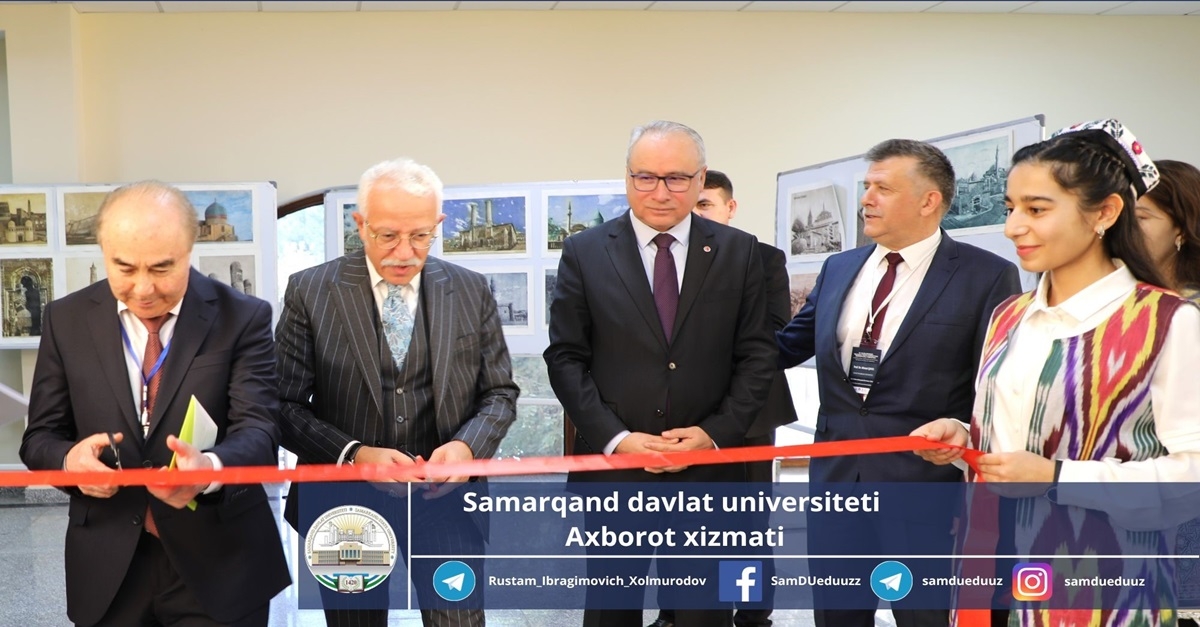
At the prestigious event, nearly 40 scholars from countries such as Turkey, Iran, Belgium, Romania, Azerbaijan, Iraq, and Palestine, along with over 50 professors, teachers, and researchers from higher education institutions in our country, are participating.
The international symposium has been organized in collaboration between Samarkand State University and Turkey's Necmettin Erbakan University.
The ceremony began with the national anthems of Uzbekistan and Turkey.
At the plenary session of the symposium, Rustam Kholmurodov, rector of Samarkand State University and a prominent scientist of Uzbekistan, Professor Cem Zorlu, rector of Turkey's Necmettin Erbakan University, Salih Janer, the Consul General of Turkey in Samarkand, Rustam Qobilov, Deputy Governor of Samarkand Region for tourism, culture, cultural heritage, and public communications, and Jo’liboy Eltazarov, Dean of the Faculty of Philology at SamDU and a well-known Turkologist, participated with their presentations.
The symposium has been organized with the aim of defining the history and geography of the Seljuks, outlining the borders from Central Asia to the Mediterranean Sea during their rule, establishing the state of the Seljuks in the lands of Turkistan, determining the chronology of the Seljuk period, and revealing aspects that have persisted to the present day. Additionally, it aims to scientifically investigate the material cultural monuments that have survived from the Seljuk period and discuss all aspects of the Seljuks' political struggle.
The three-day symposium is expected to cover topics such as the geography of Turkistan during the Seljuk period, historical processes, political movements, social life, economic conditions, science and thought, culture and art, cities, and urban life.
Rector of Turkey's Necmettin Erbakan University, Professor Cem Zorlu:
— Being in the homeland fills me with pride and honor. From history, we know that we are one people; our religion, language, and cultures are united. I have closely acquainted myself with the activities of Samarkand State University. I visited the Institute of Turkology, where I was pleased to see the teaching of the Turkish language. Yesterday, I met with the rector of Samarkand State University, Rustam Kholmurodov. We discussed various topics in science, culture, politics, and several other fields. We agreed to establish an exchange program for students and professors, as well as to create scientific research centers. We signed a cooperation memorandum between our universities. Today's symposium is the initial practical outcome of our collaboration.
Mustafa Kucukoner, Professor at Necmettin Erbakan University:
— I am participating in this symposium with my art exhibition titled "Architectural Heritage from Turkistan to Anatolia." I have brought 30 drawings from Turkey to Samarkand. Of these, 15 are related to Samarkand, while the other 15 depict historical monuments of Turkey. My work reflects both Samarkand and Turkey in different periods. The opening of this exhibition took place within the framework of the symposium. My art has generated great interest among the participants. I am happy about this. These works will be on display for two days, and those interested can come and enjoy them.
Emrah Yilmaz, Associate Professor and PhD at the Institute of Turkology, Samarkand State University:
— We Turks living in Turkey connect our roots specifically to the Seljuks and Oghuz. Although the Huns, Gokturks, Avars, Khazars, Uighurs, Qarakhanids, and Ghaznavids had previously ruled, it was the Seljuks who opened the door to Anatolia for us Turks. This particularly began with the victory of the Seljuks over the Ghaznavids at the Battle of Dandanakan in 1040. Later, under the leadership of Sultan Alp Arslan, the victory at Manzikert allowed the Turks to settle in Anatolia.
The fact that this international symposium is being held at Samarkand State University is not coincidental. During the time of Malik Shah, the third Seljuk sultan, Samarkand was one of the key cities of the state. The Seljuks existed as a state that united the East and the West. Due to their emphasis on science, they established the educational system with Nizamiyah madrasas in cities such as Nishapur, Merv, Isfahan, and Baghdad, and created observatories.
The international symposium is continuing its work in divided sessions...


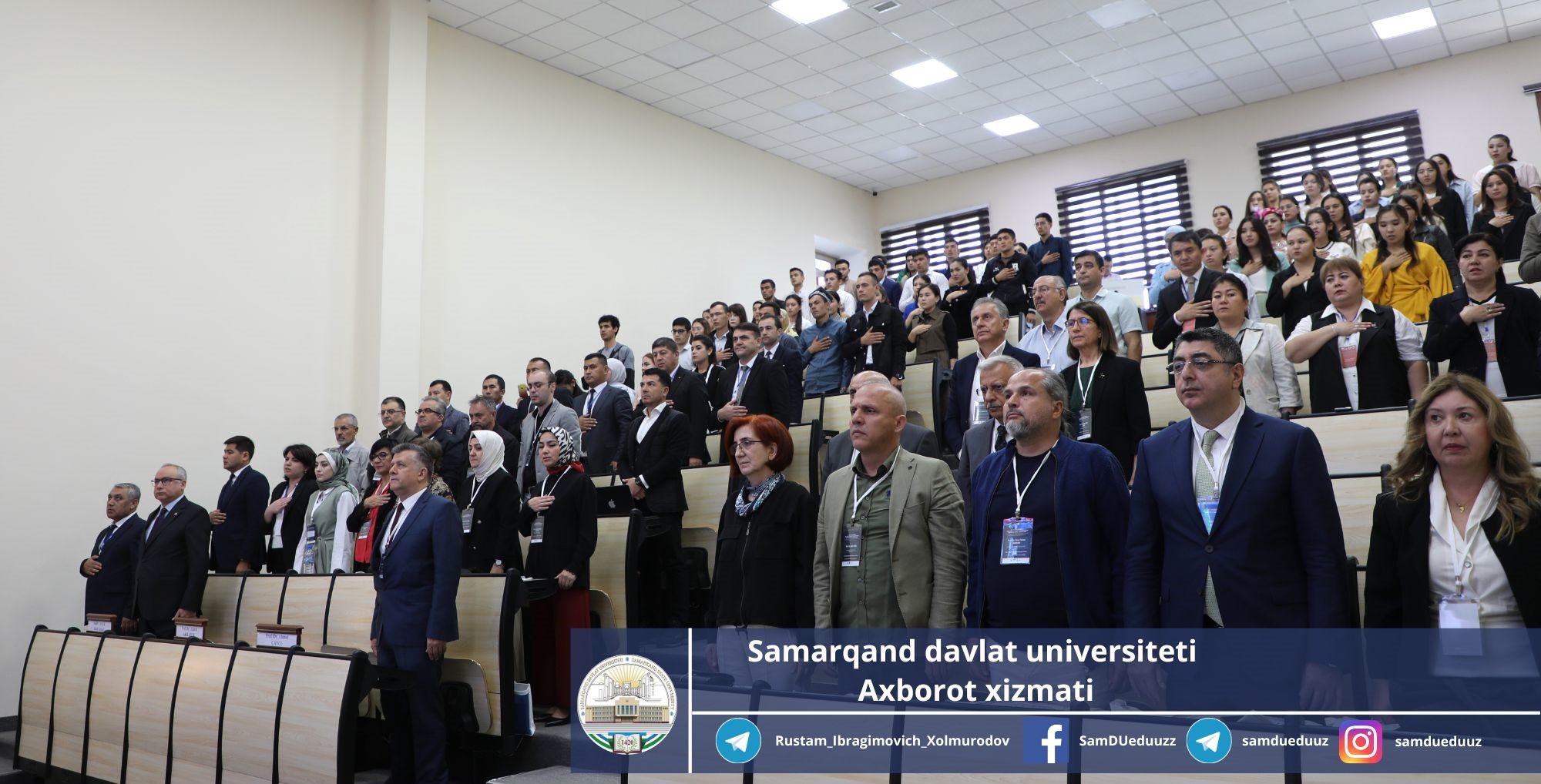
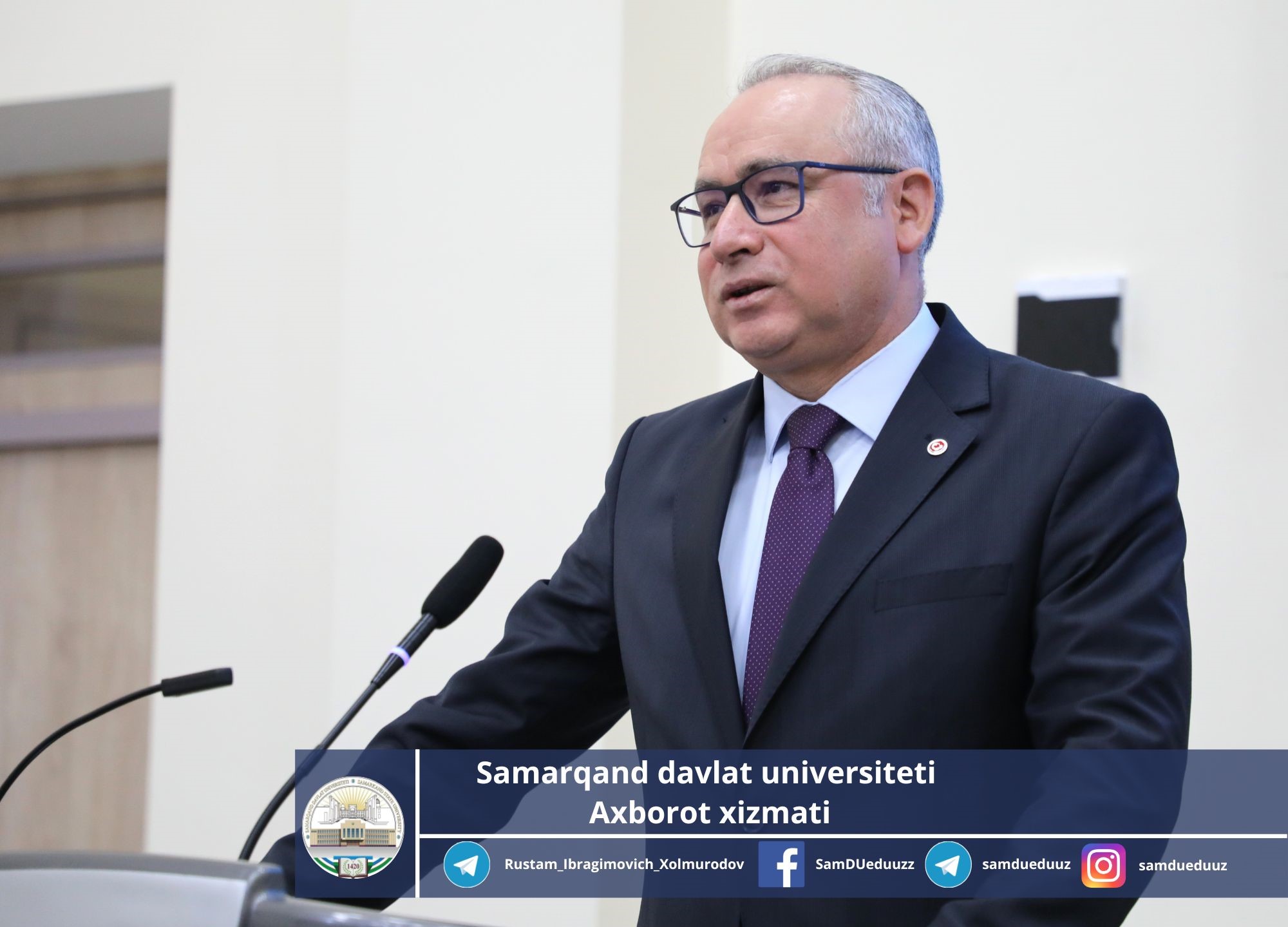
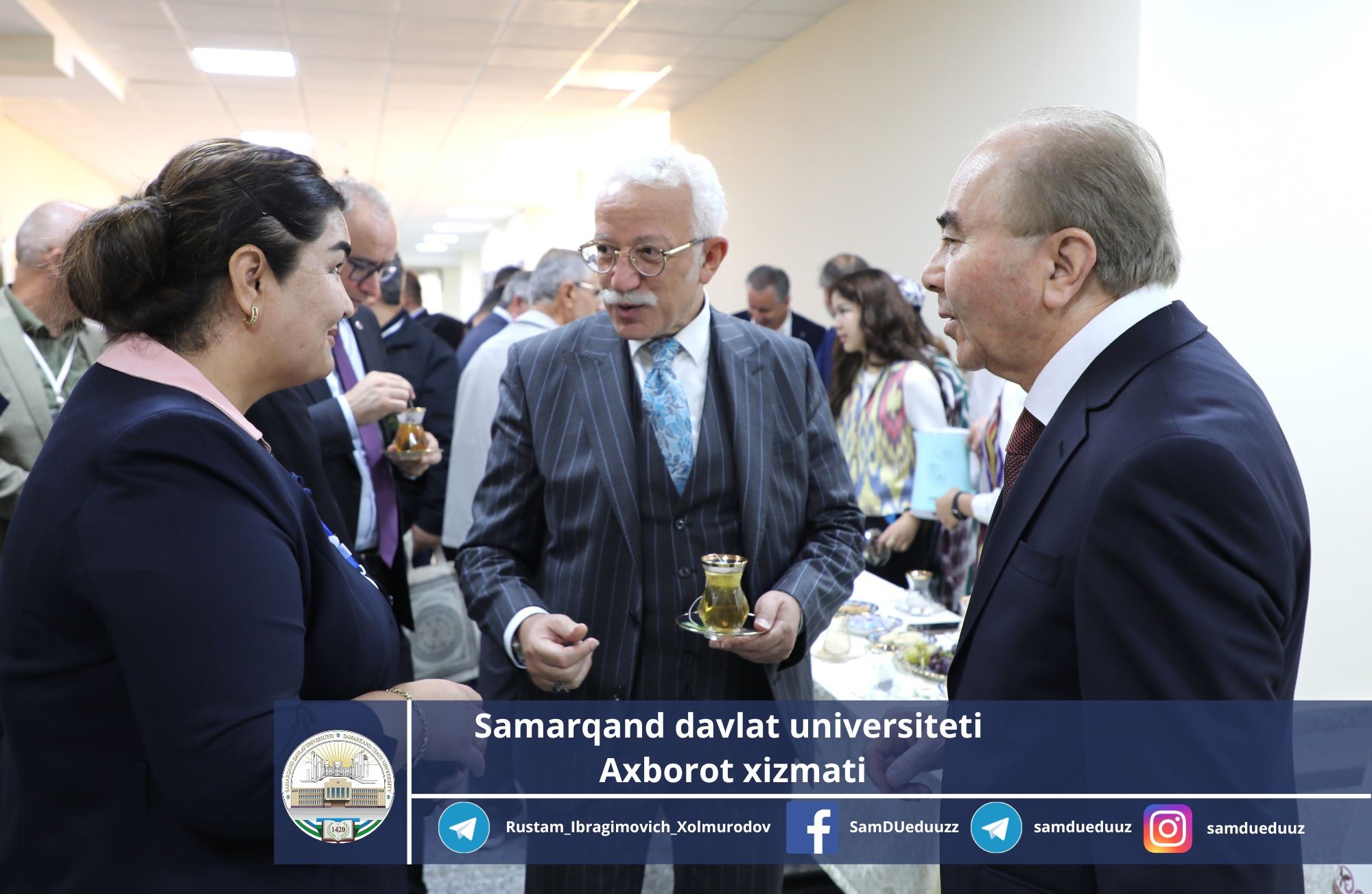
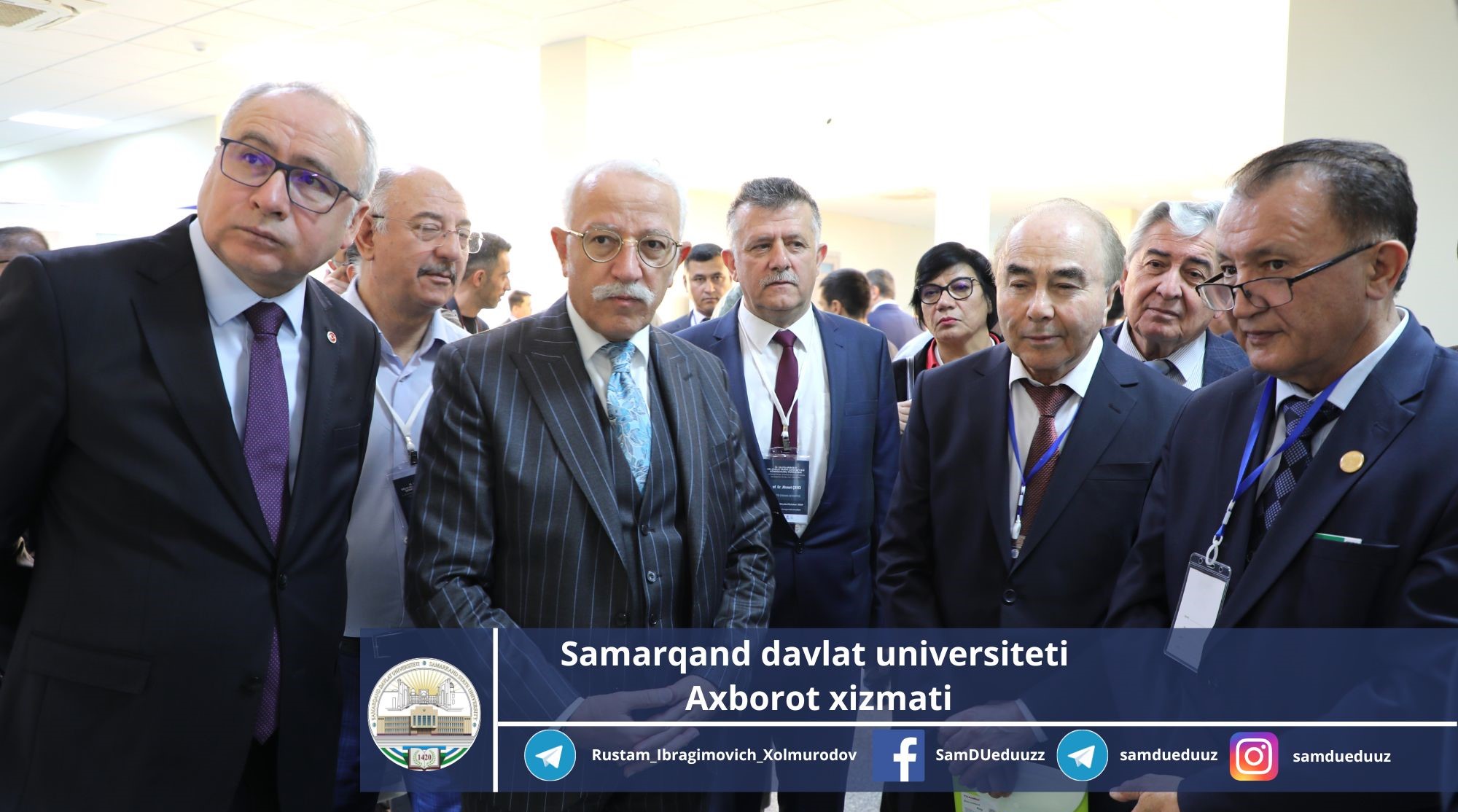
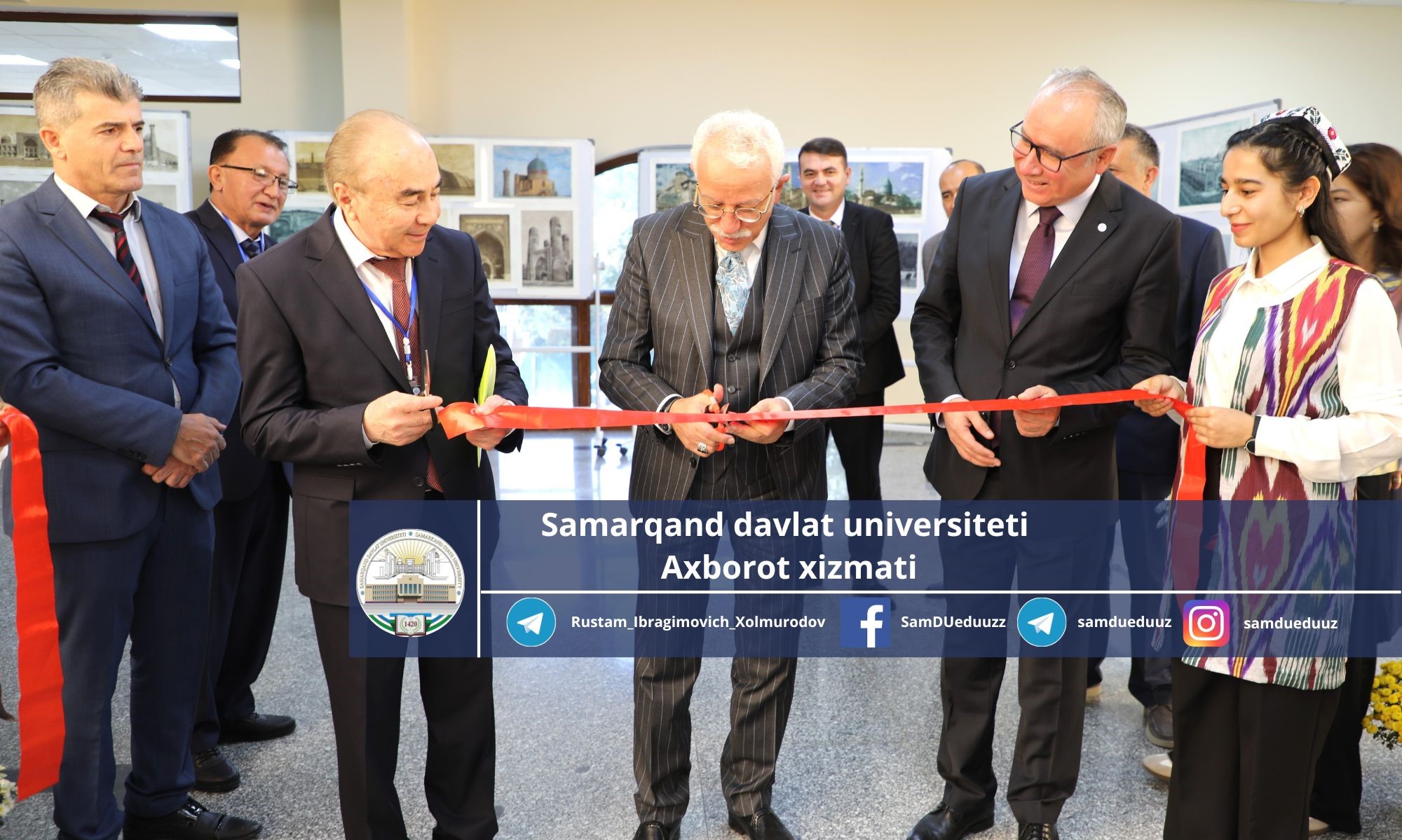
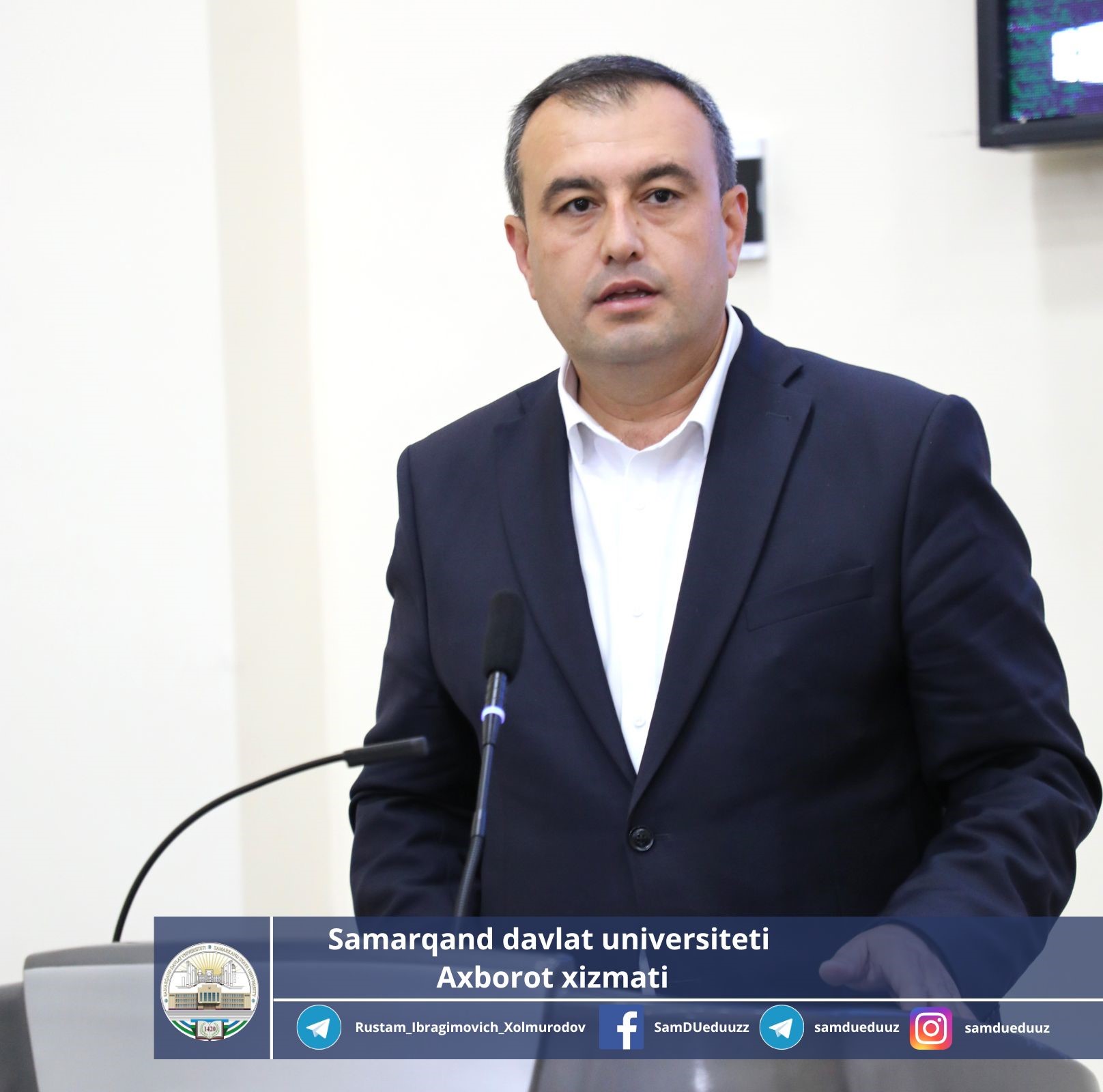

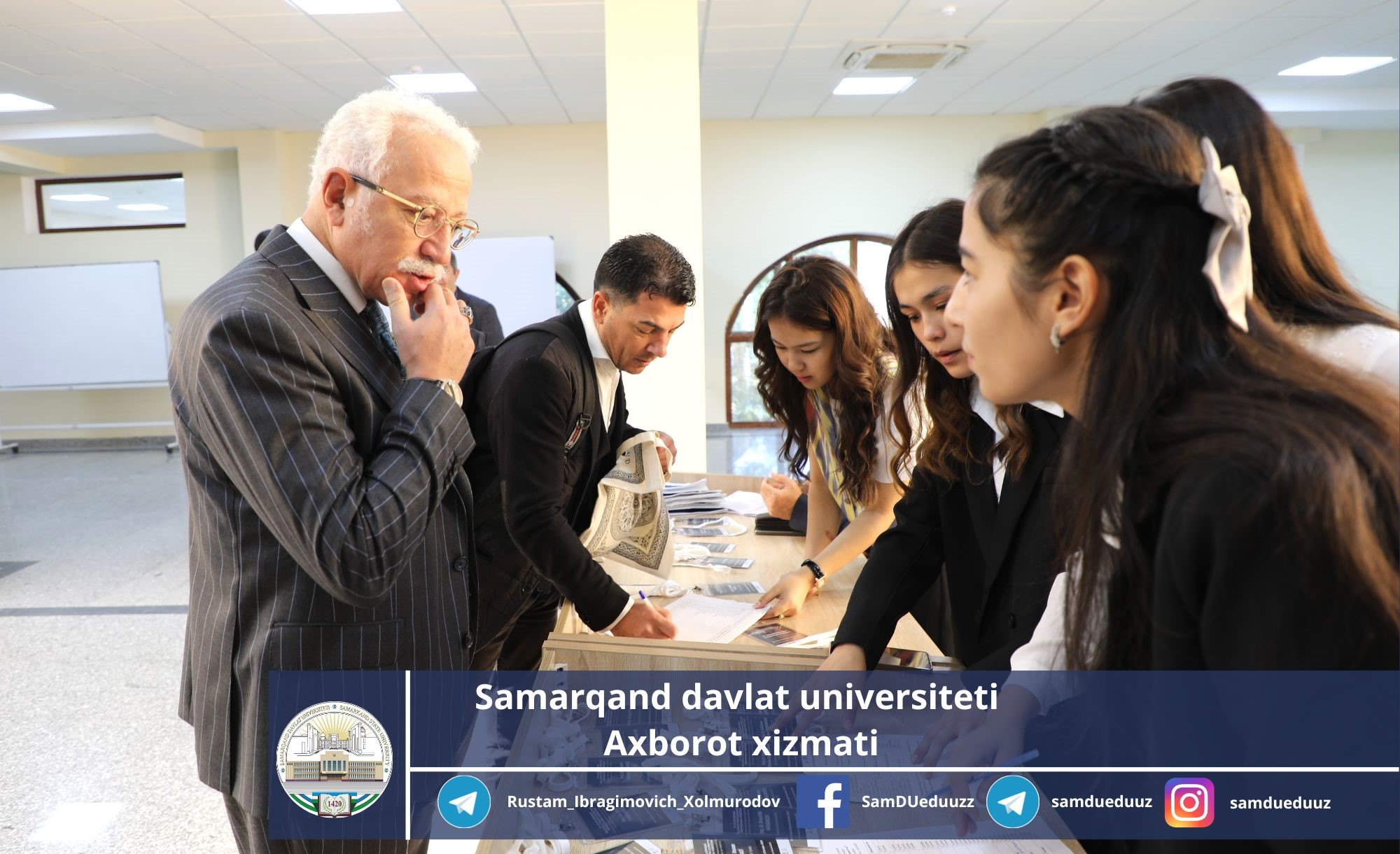
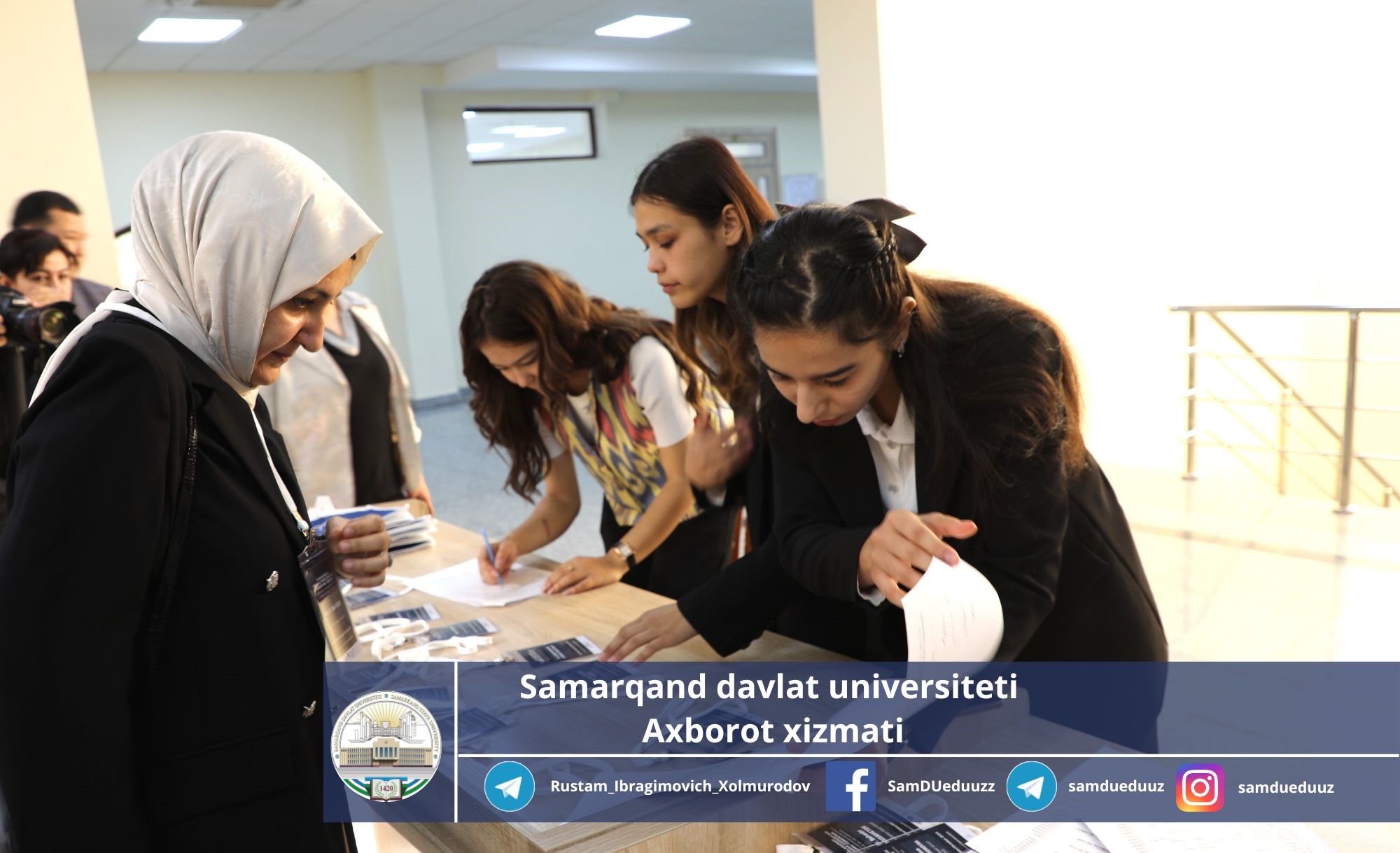
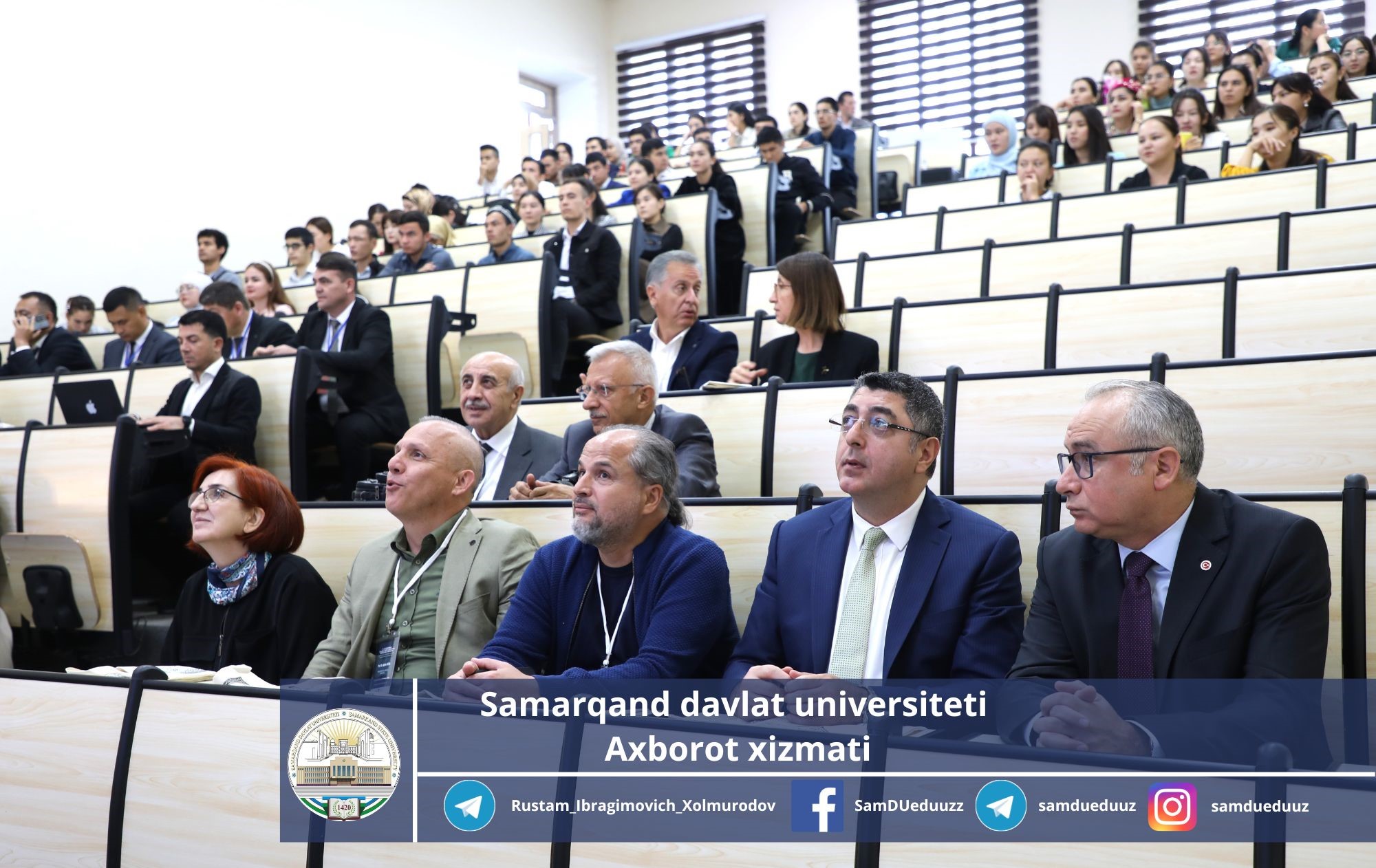

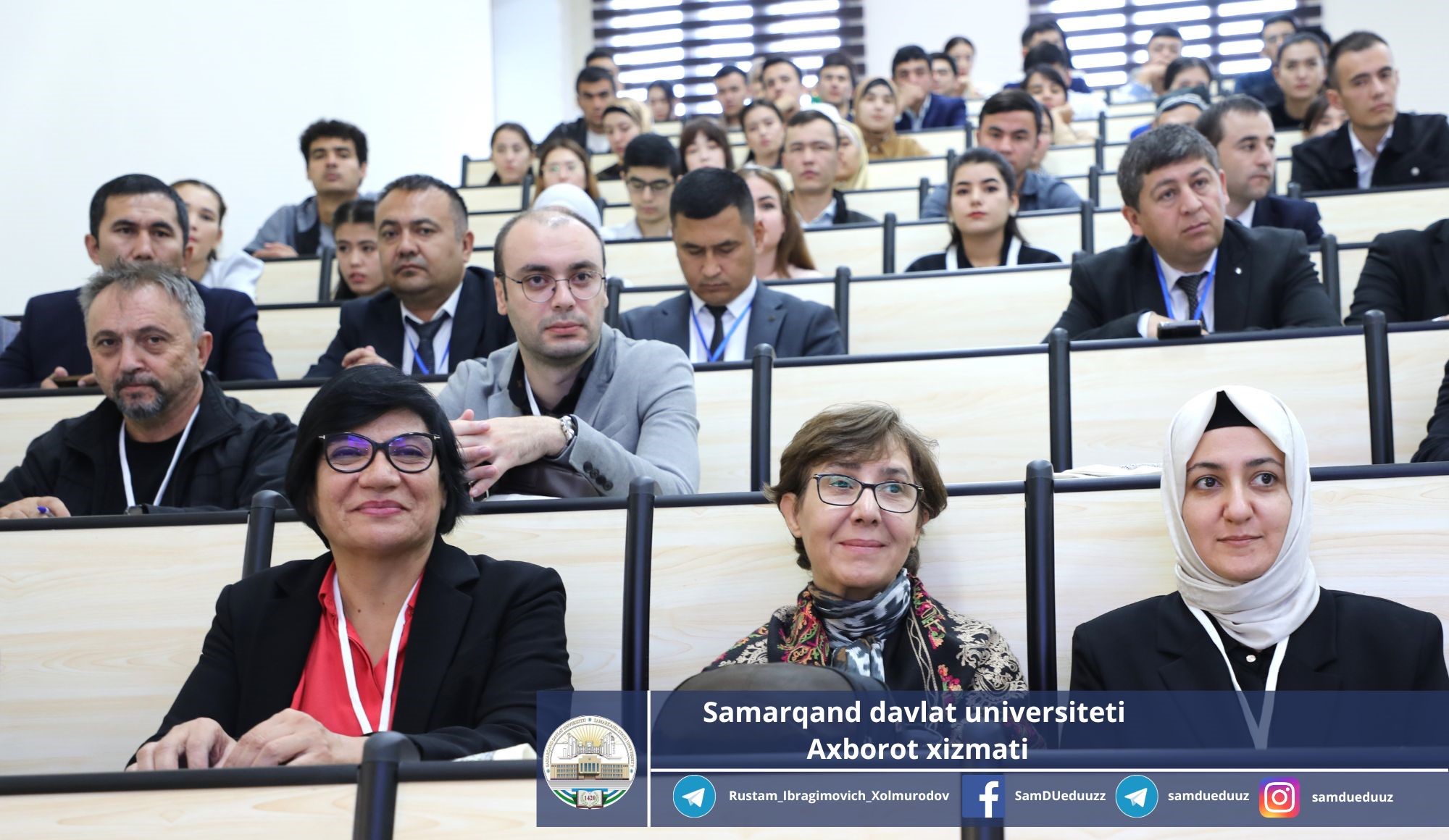
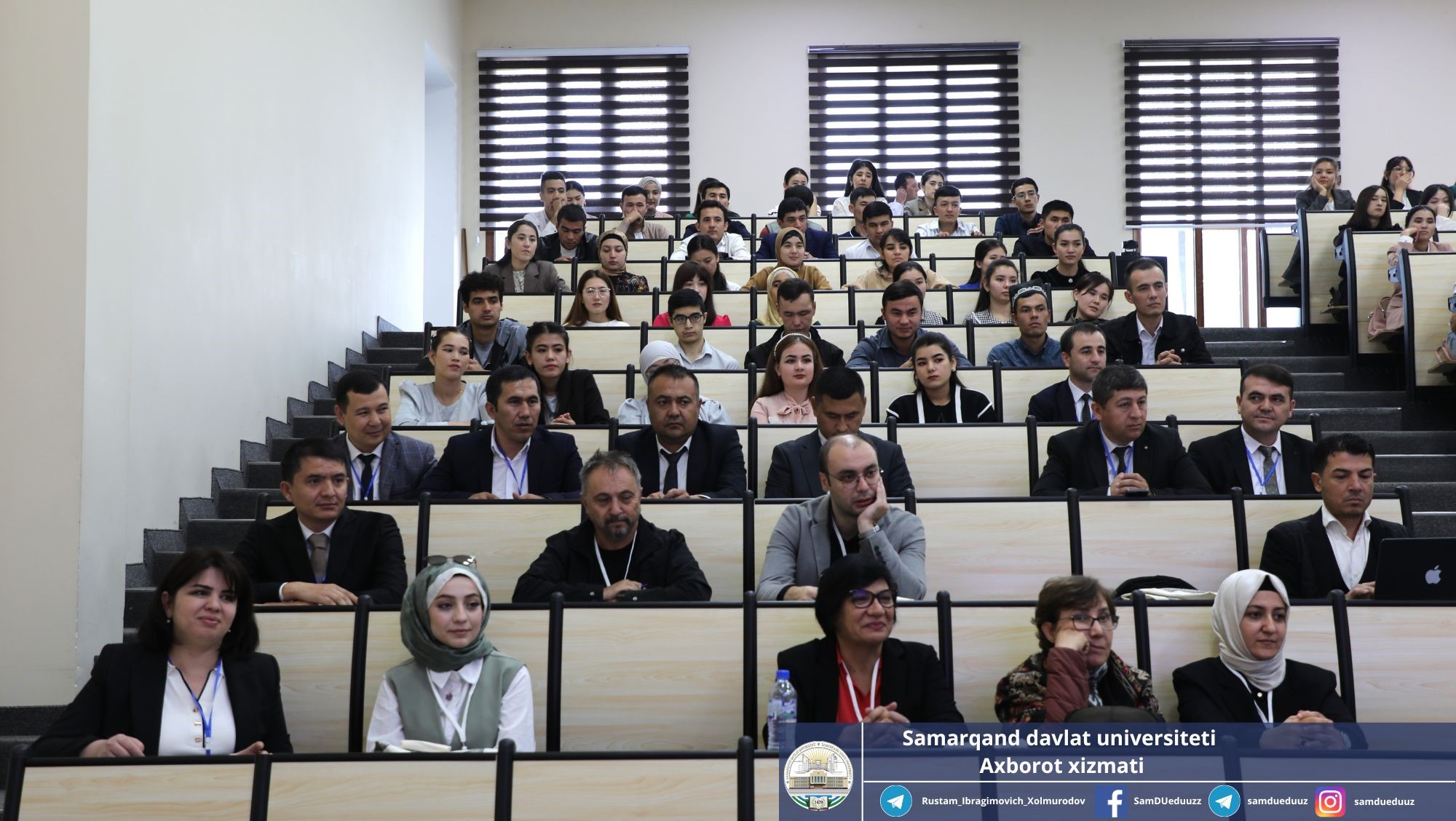
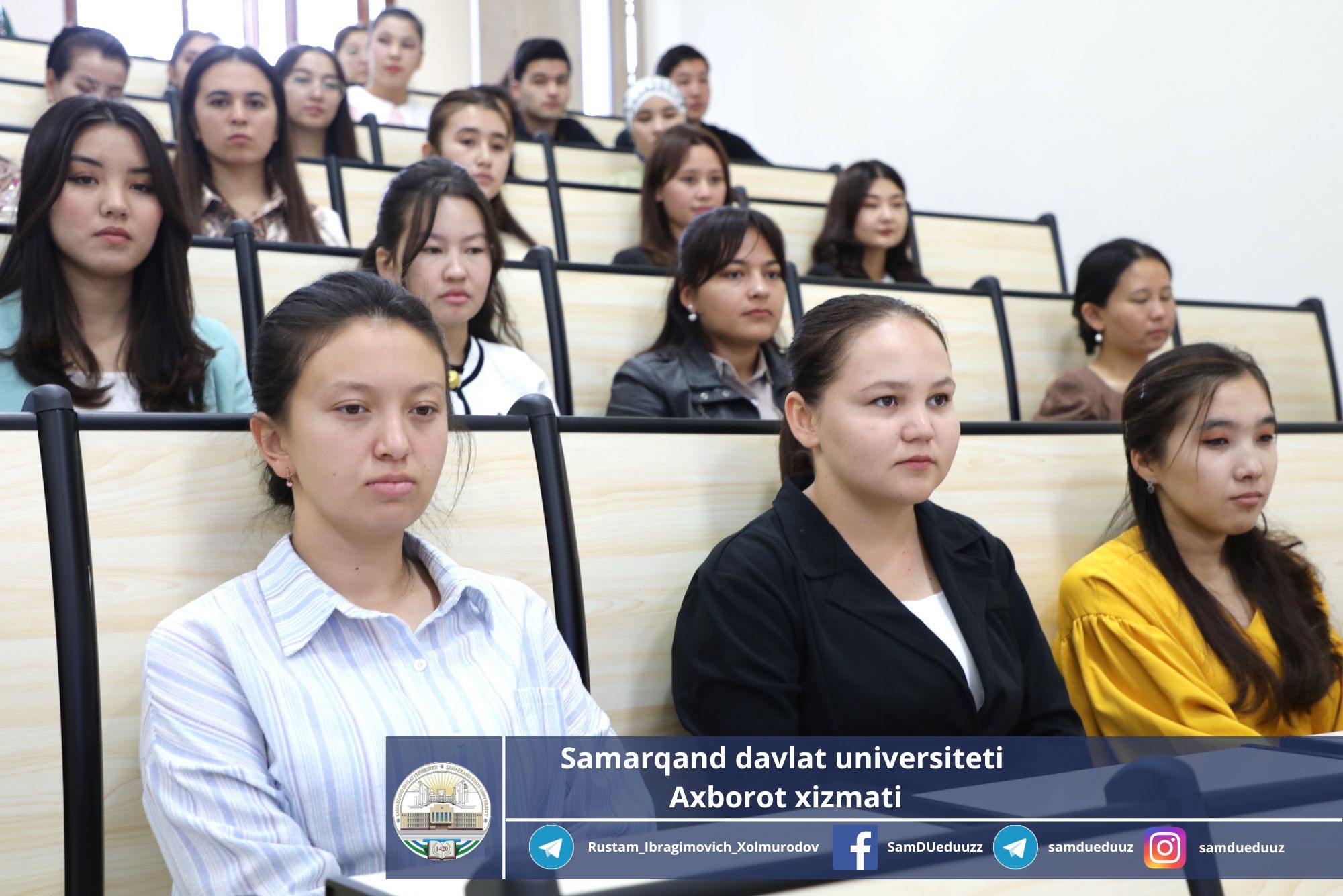
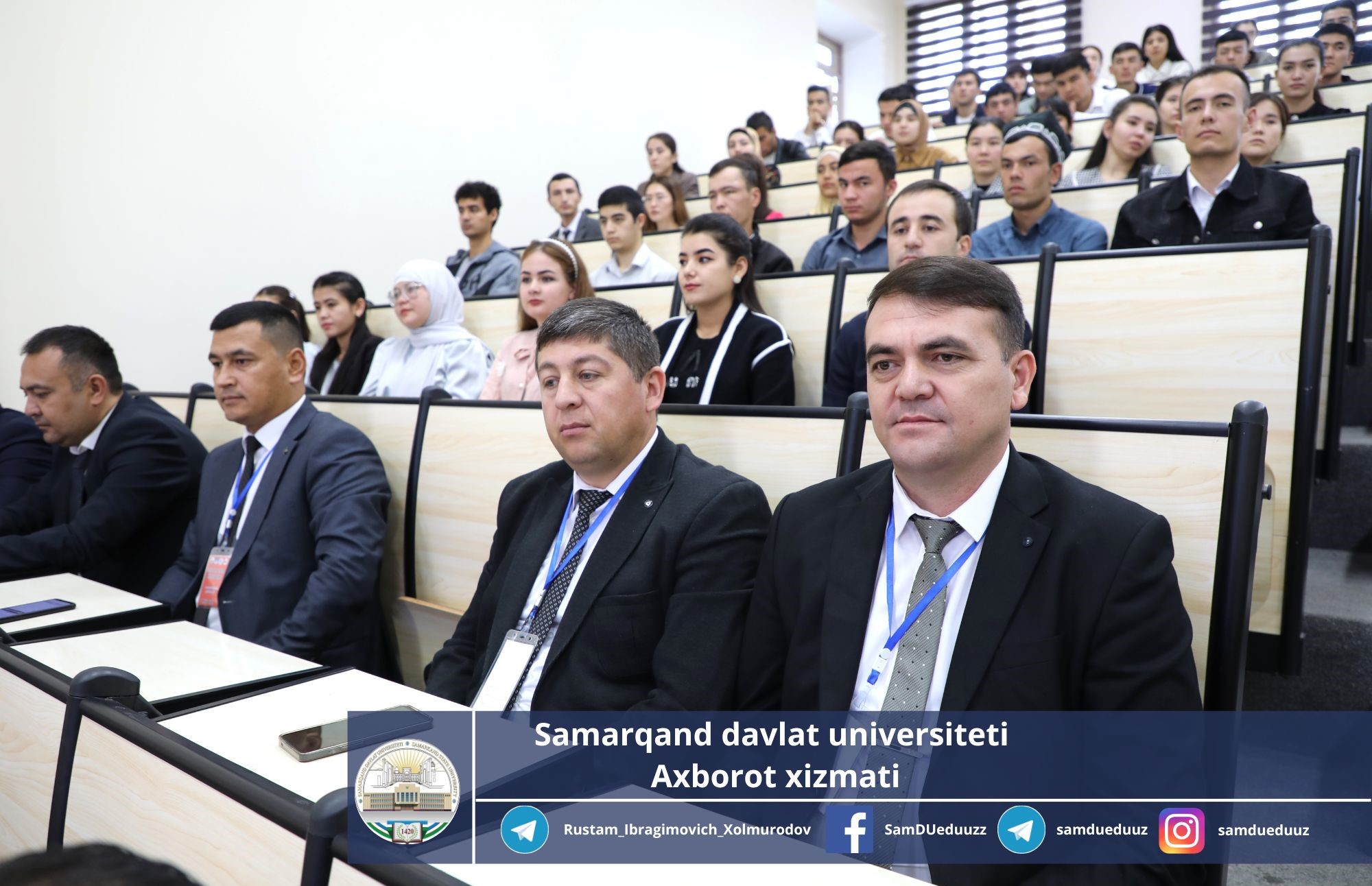
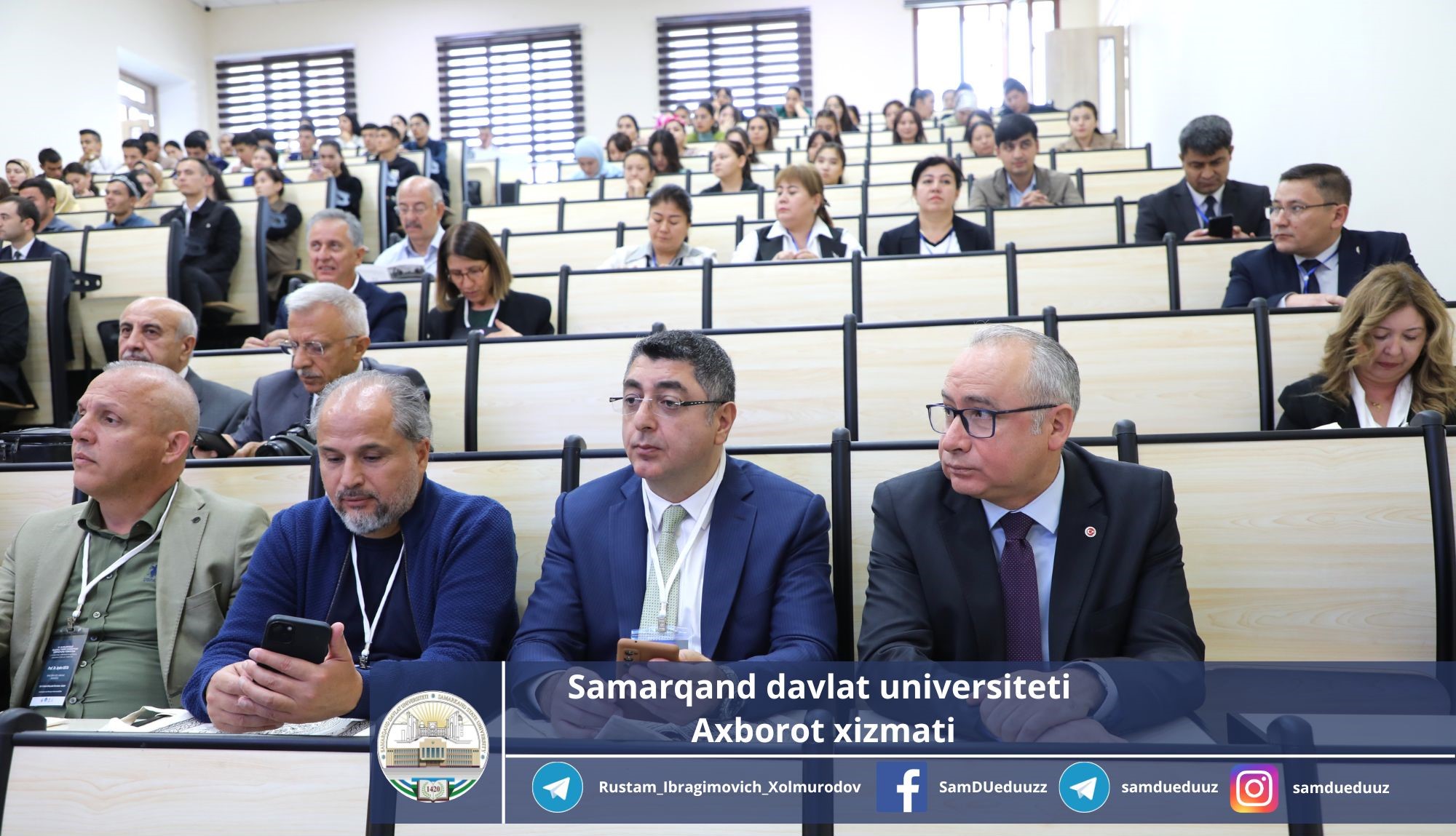
Samarkand State University
Information Service,
Photos by Shavkat Akramov.

